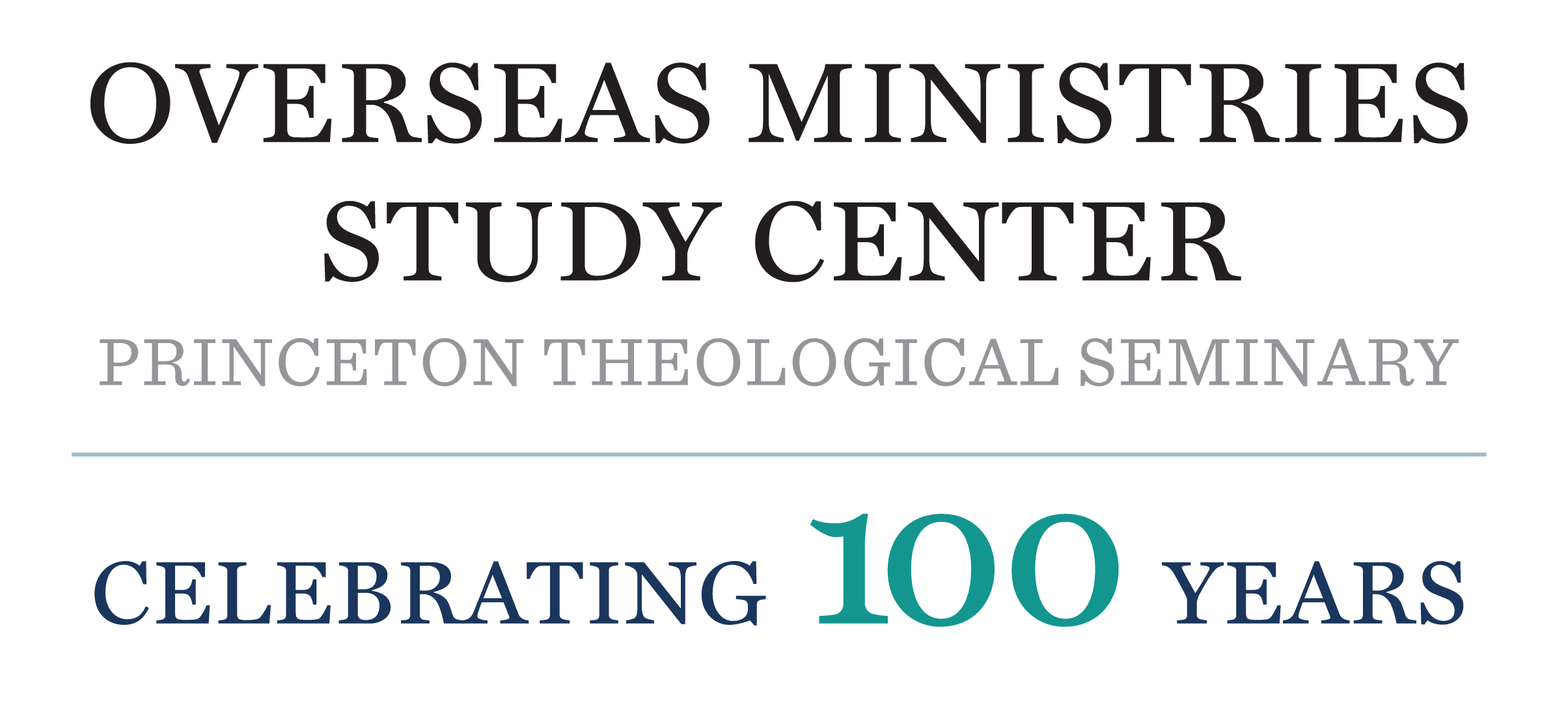Memoria Indígena Conference: Indigenous Spirituality and Identity of Missions
Drew Jennings-Grisham
Thirty people from eleven countries, representing twelve indigenous people groups and other nonindigenous peoples, gathered September 11–13, 2015, in Lima, Peru, to discuss the history of missions to, with, and from indigenous groups and churches in Latin America. The majority of participants were indigenous Christians who are active as pastors, teachers, or workers in literacy programs teaching their people to read in their own language in order to have better access to the Bible in their own language. Organized by Memoria Indígena (MI, www.memoriaindigena.org), along with Fraternidad Teológica Latinoamericana (FTL, Latin American Theological Fellowship) and Peace and Hope International, the conference provided the setting for participants to propose a project to record and publish the stories of God’s work among indigenous peoples throughout history in Latin America from the perspective of indigenous peoples themselves. MI hopes to advance the project by organizing similar events throughout Latin America and building a network of collaborators.
Papers at this inaugural conference addressed (1) the perspective of indigenous groups regarding missions/the church, (2) the Word of God and oral cultures, and (3) the use of the local language for the survival of the local church and culture. Participants found much encouragement from a presentation by Jonathan Bonk, director of a similar project, the Dictionary of African Christian Biography (www.dacb.org), who described the history, methodology, and materials used to facilitate the project across Africa.
The church in Europe and North America, as well as the urban/mestizo church in Latin America, is full of stories of missionaries and their labor to share the Gospel and plant churches in the name of Christ. But the story of evangelical missions work is more than the story of the effort made by North American and European missionaries, and it likewise goes beyond the criticisms of anthropologists. It is also about the reception and use of the Gospel in the places that received it. But even there the story does not end with the first people in a place to hear and receive the message, nor is that necessarily the high point.
The story of the missionary is only one side of the story. What about the perspective of the indigenous community that received the Gospel? How can listening to and learning history from another point of view be useful to the church? Historically, churches have perceived indigenous communities to be a “field white with harvest” for the work of evangelism, and at the same time they have typically seen little of value in their cultures and ways of living, resulting in a one-directional mission, with one side doing all the giving, and the other only receiving. The missionary becomes the protagonist, and we tend to forget that the community hears the Gospel with their own ears and receives it in their own context. When the church fails to see indigenous people as protagonist or to see any value in their culture, the larger body of Christ loses an opportunity to learn many important things from the perspective of our indigenous brothers and sisters.
The Latin American church currently gives little space to hearing the voice of indigenous sisters and brothers. For this reason we see the necessity of organizing an effort throughout Latin America to document the stories of evangelical missions among indigenous peoples from the perspective of these same people. This work seeks to rescue the memory of the first indigenous believers, as well as the collective memory of the community of faith in indigenous groups.
MI has the following objectives for this Christian Story Project:
Locally: to help self-evaluate and consolidate the very identity of the churches so that they have a better understanding of their roots within the culture and history of their communities and a better knowledge of where they have come from, who they are, and where they are going. The process of telling these stories can give us a better understanding of generational processes in the history of the churches in indigenous communities and how they themselves perceive their community of faith.
Regionally: to create intercultural dialogue between indigenous and nonindigenous (urban or mestizo)churches, which will help to improve relations and the balance of power between them. It can also demonstrate to the urban churches the importance of the use of a community’s native language in the transmission of the Gospel.
Internationally: to help churches in “developed” nations (the West or Global North) to construct new paradigms of mission “without conquest”—a mission that is humble (recognizes the value of each culture) and seeks to listen and learn from the voice of the other (recognizes the power of the Holy Spirit to work in the life of any person or culture), with the understanding that all followers of Christ are pilgrims that are walking along the same path together.
Drew Jennings-Grisham is the director of Memoria Indígena. —djenningsg@gmail.com



